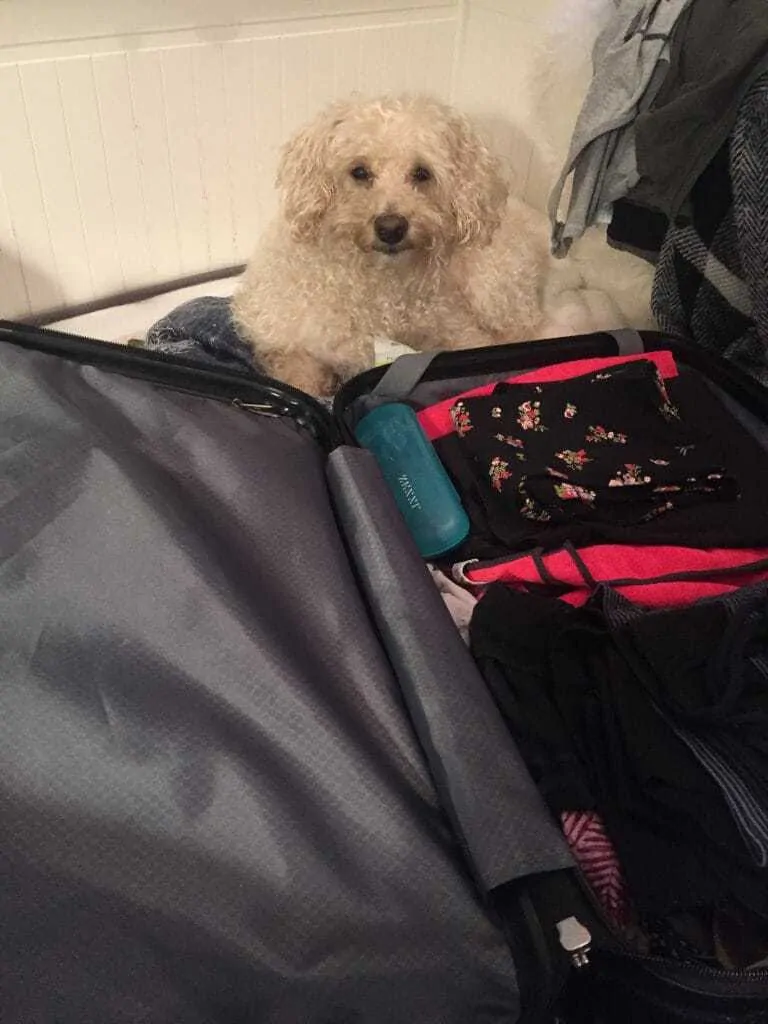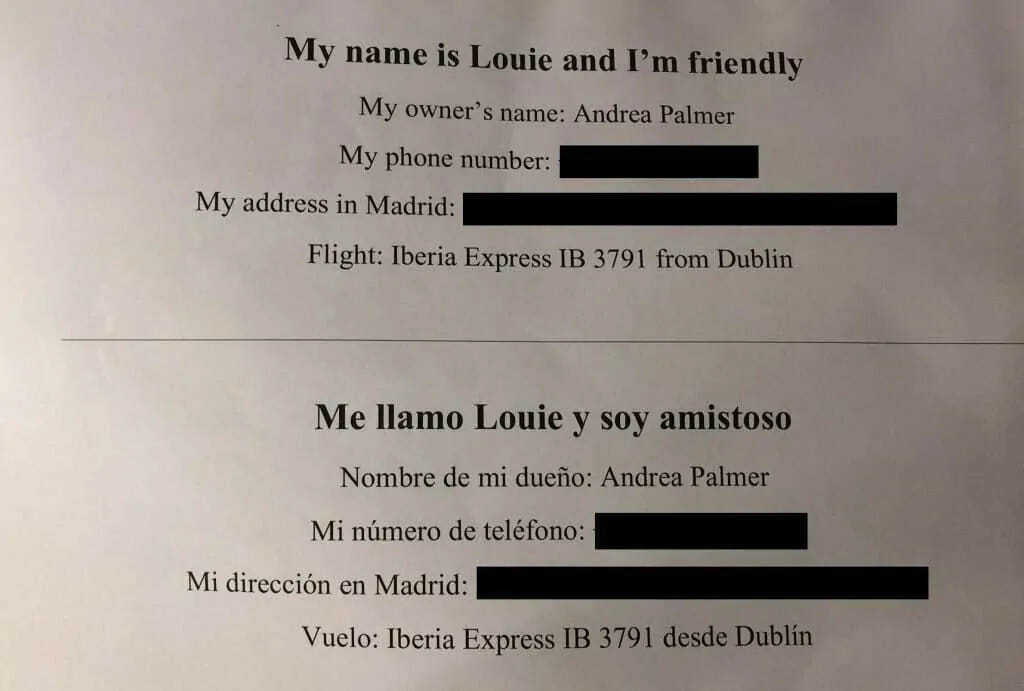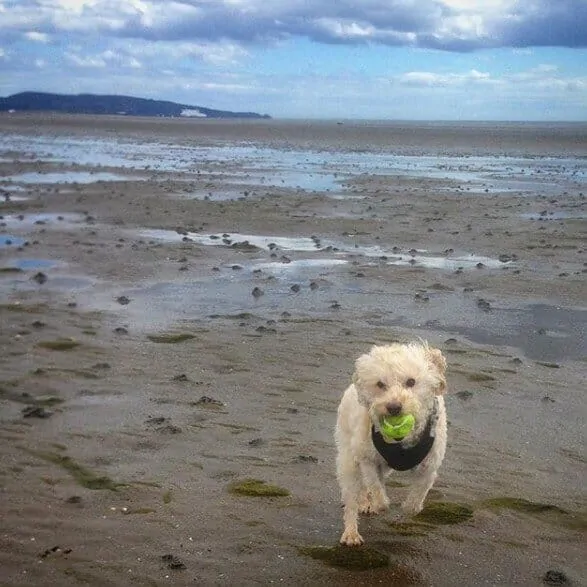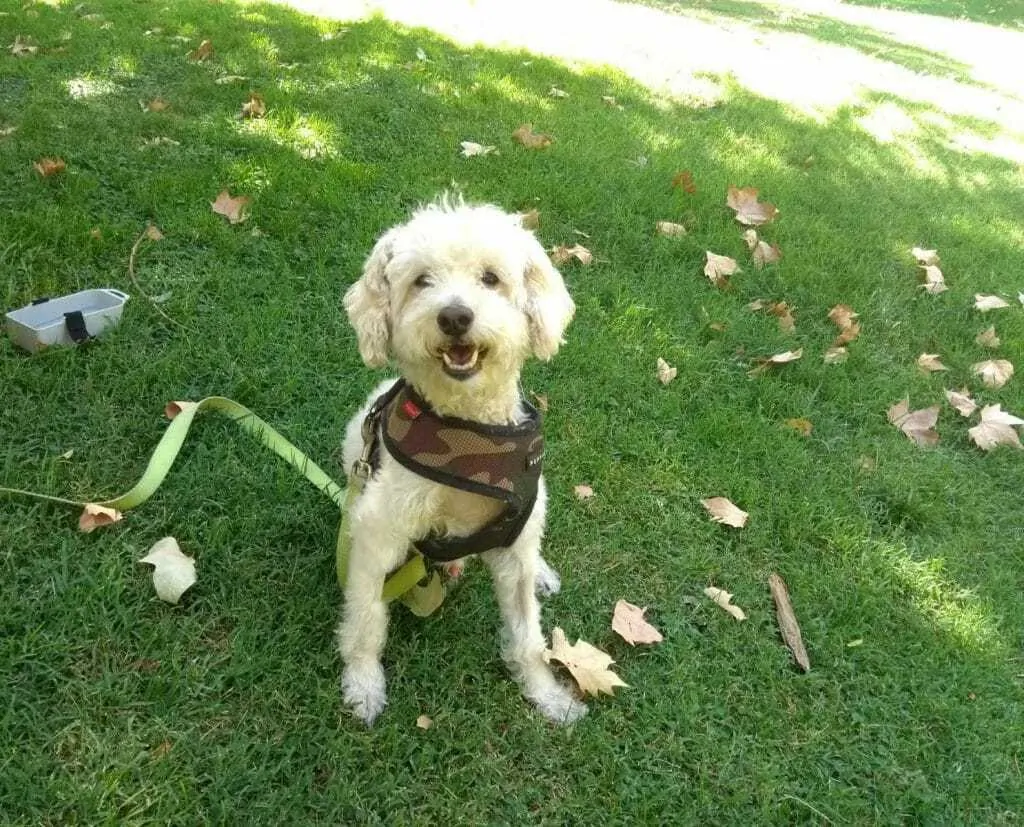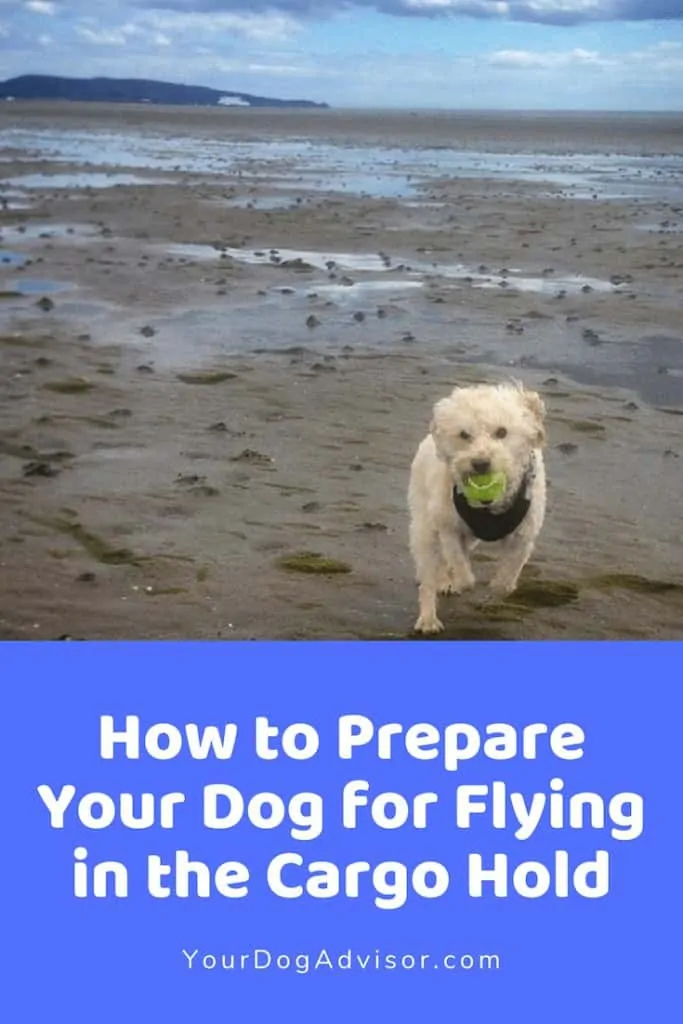Traveling with your dog, whether by plane, train, or automobile, always requires careful planning. The decision to fly your dog in the cargo hold of the plane is one many pet owners don’t take lightly. If you’ve weighed your options and decided your dog is fit to fly, here are some tips to prepare them and yourself for the journey.
Louie overseeing the packing process.
Contents
Considerations for booking your flight
Although the cargo hold areas of a plane are pressurized and temperature controlled, it’s important to consider the conditions outside of the plane. Generally, pets in crates are last onto the plane before take-off and first out upon landing. While baggage is being loaded and unloaded, pets may be left to wait on the tarmac or in outdoor facilities. This can become problematic if the temperature is either very hot or very cold.
If flying when it’s hot, airlines recommend owners book early morning or late night flights. This is to avoid the blazing midday temperatures. However, certain airlines will refuse to accept pets when the ground conditions are above a certain temperature. Make sure to check with your airline beforehand if planning a trip during the summer. When I flew Louie from Dublin to Madrid during August, I chose a late flight that would arrive to Madrid around 11 pm. I also made sure to check with Iberia what their policy was regarding where pets were kept during loading and unloading. I was assured that live animals were immediately transported to and from the plane to air conditioned facilities.
During cold weather, some vets may issue a Letter of Acclimation for dogs cleared for travel under 45° F (7° C). Certain breeds are bred for cold climates (think Huskies) and are generally not adversely affected by lower temperatures. It is up to the discretion of your vet though to check your pet and sign off on the certificate.
Preparing the crate
It is very important to choose a crate for your dog that is secure, breathable, and roomy. Most airlines lay out their requirements on their websites but some general rules apply.
Crates must be:
- secured with metal (not plastic) bolts and wing nuts
- durable, hard plastic, fiberglass, metal, or in some cases wood (depending on the airline)
- equipped with a leak-proof floor
- equipped with containers for food and water
- well-ventilated
- large enough for your dog to move freely (sit down, turn around, lie down)
For specific requirements, be sure to speak with your airline well in advance of your flight.
Outside of the crate
On the outside of the crate, you’ll need to place “live animal” stickers on all visible sides. You can either buy these on a site like Amazon or print out your own. For Louie’s crate I printed several signs in bright red block letters and duct taped them on. Additionally, it’s helpful to print off an information sheet stating your name, the pet’s name, and your contact information. Again, I printed my own, placed it into a plastic page protector and taped it shut. I then zip tied it to the top of the crate.
Because I was flying from an English-speaking country to a Spanish-speaking one, I made the sign for his crate bilingual to avoid any problems.
If you are taking a long flight, you may also be required to provide bagged dog food. This can be attached to the top of the crate. In the event of layovers or delays, airline staff can feed your dog.
Inside of the crate
On the inside of Louie’s crate I placed absorbent microfiber towels in the bottom. I also added a shirt that smelled like me as well as a couple of his favorite toys. I zip tied a water bowl onto the inside of the door. It was only going to be a two hour flight but I followed all of the requirements outlined by the airline.
Taking care of your pet’s mental and physical wellbeing
Whether your dog is a seasoned traveler or a first-time flyer, it is always important to take steps to reduce the amount of stress and/or fear they may feel. Familiarizing them with the crate before your trip as well as providing proper exercise can help with this process.
Acclimating your dog to the crate
If your dog is not accustomed to being inside of a crate, it is helpful to slowly acclimate them to it. At first, leave the crate door open to let your dog investigate it on his or her own time. Give plenty of praise and treats during this process to associate good feelings with the crate. Once your dog has become comfortable with the interior and exterior, begin by closing the door with the dog inside. Start with a small amount of time at first and then build up to longer periods, again reinforcing with treats. Best case scenario, the dog will view the crate as its den, or safe space. At the very least, you simply want them to feel comfortable enough to be inside it for the length of the journey.
Physical activity as a stress-reducer
Vets generally recommend against giving dogs relaxants or tranquilizers before flights. Even though it seems like a good option to help calm your pet, it can be potentially life-threatening or even fatal if your dog experiences respiratory distress during flight. A good alternative to medication that will help relax your dog is making sure they have a long walk and a play session before leaving for the airport. A tired dog will have less pent-up nervous energy which could mean less stress during the journey. Additionally, you may want to talk to your vet about the use of natural calming supplements.
Playing ball is a great (and fun) way for your dog to expend some energy before flying.
Arriving at the airport
Most airlines will not accept pets less than 90 minutes or more than 4 hours before a flight. Be sure to give yourself enough time per your airline’s guidelines, but not too much time so your dog is left waiting unnecessarily in the crate.
Louie and I arrived to Dublin airport 3 hours before our flight which turned out to be just enough time as the line for the check-in desk was slow. He was allowed to be outside of the crate in line with me which gave him a chance to check the place out. Once at the counter, I reiterated the loading and unloading procedures and made sure the customer service representative informed the flight crew there would be a dog in the hold. At that point, I put him inside of the crate and we wheeled him to the elevator where he was handed over to a crew member.
A final note
Although I joked with the staff that I was being a helicopter parent, it is a good idea to ask a lot of questions to make sure your pet’s journey is seamless. Flying in the cargo hold can be scary for your dog but with the right amount of planning, the experience can be a lot less stressful for both of you.
Louie enjoying sunny Madrid after his air journey.

Jen Jones is a professional dog trainer and behavior specialist with more than 25 years of experience. As the founder of ‘Your Dog Advisor’ and the ‘Canine Connection’ rehabilitation center, she applies a holistic, empathetic approach, aiming to address root causes rather than merely treating symptoms.
Well known for her intuitive and compassionate approach, Jen adopts scientifically-proven, reward-based methods, encouraging positive reinforcement over punishment. Jen specializes in obedience training, behavior modification, and puppy socialization. Her innovative methods, particularly in addressing anxiety and aggression issues, have been widely recognized. Jen has worked with many of the world’s leading dog behaviorists and in her free time volunteers with local animal shelters and rescue groups.
